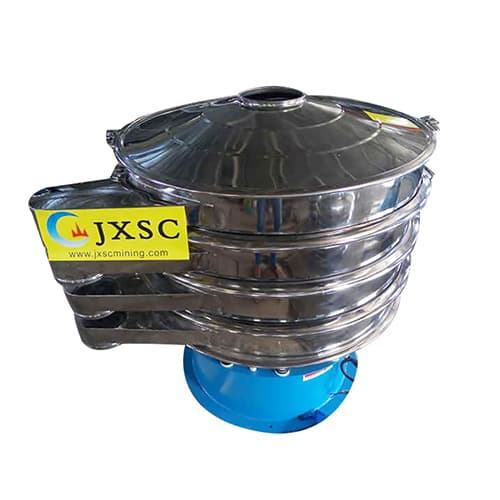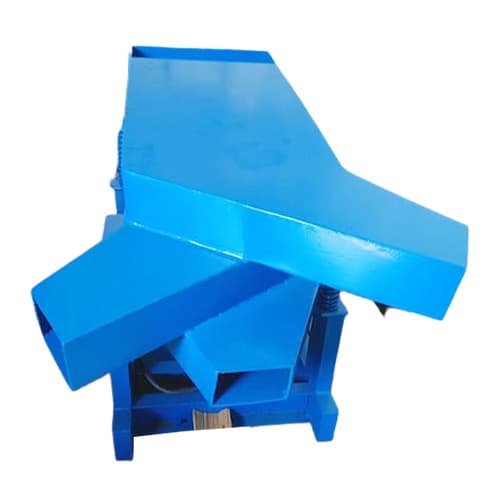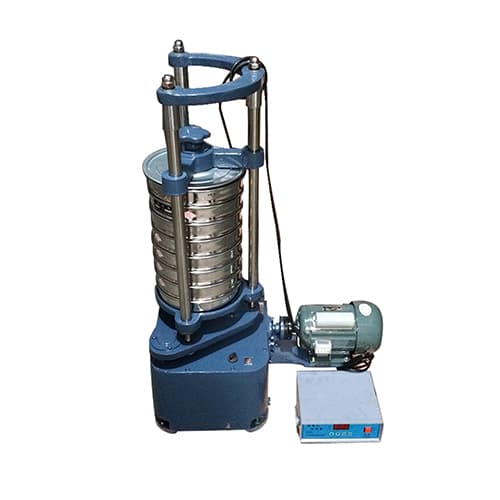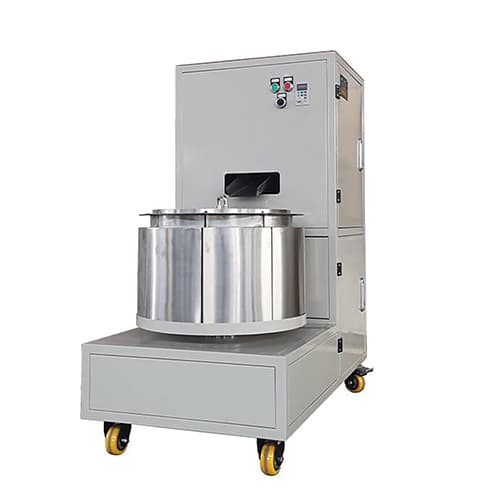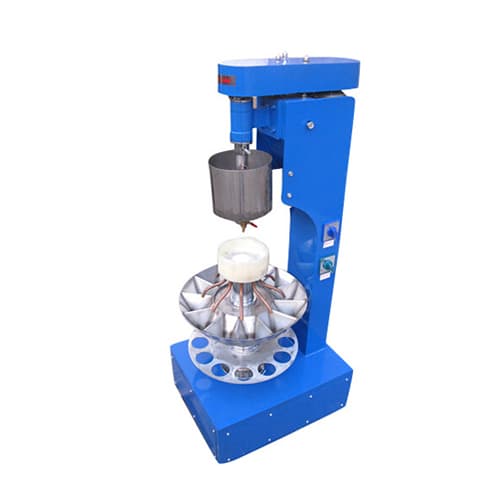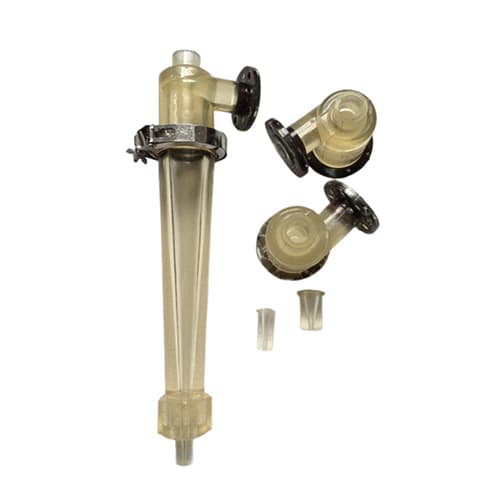what is it
Riffle Splitter
Application: Widely used in geology, construction, environmental science, laboratory research, and mining to separate bulk samples such as rocks, soils and minerals.
Description
Riffle splitter, also known as sample splitter or riffle divider, is commonly used in scientific research, quality control, and analytical laboratories. This tool is especially useful when large quantities of homogeneous material need to be distributed evenly across two containers without introducing bias. Our riffle splitters are typically constructed of durable materials such as stainless steel to prevent contamination and ensure the unit’s longevity. JXSC laboratory equipment comes in various sizes and designs, depending on the specific application and the characteristics of the material being sampled.
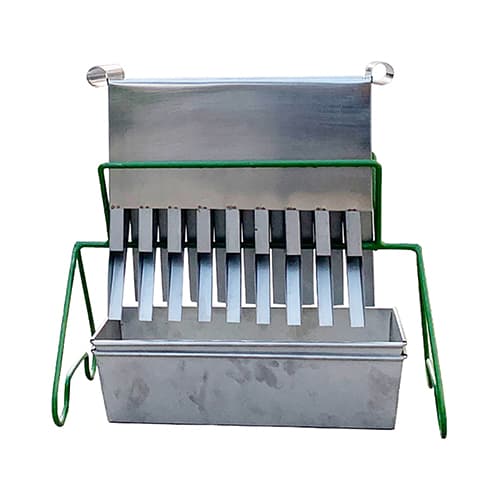
Advantages
As the material travels along the channel, it can be naturally divided into two equal sub-samples all at once.
Channels in the face of the diverter guide the material back and forth as it moves downward; this zigzag motion helps evenly distribute the particles.
The efficiency of our Riffle splitter is especially valuable when dealing with large numbers of samples that require efficient processing.
Principle
The basic principle of a riffle splitter involves creating a series of zigzag channels or grooves on the surface of the splitter. Once the material enters the hopper, these channels are designed to alternate the flow pattern to distribute the material in the channel evenly. As the material flows along the groove, it is divided into two equal partial samples due to the zigzag flow pattern. This division operation continues, and sub-samples are collected and placed in containers at the bottom of the wells.
Specification
| Model | Numbers of Slots | Slot Width | Splitting Size(mm) |
| #1 | 16 | 32.5 | <13 |
| #2 | 18 | 15 | <6 |
| #3 | 24 | 7.5 | <3 |
| #4 | 32 | 5 | <1 |

